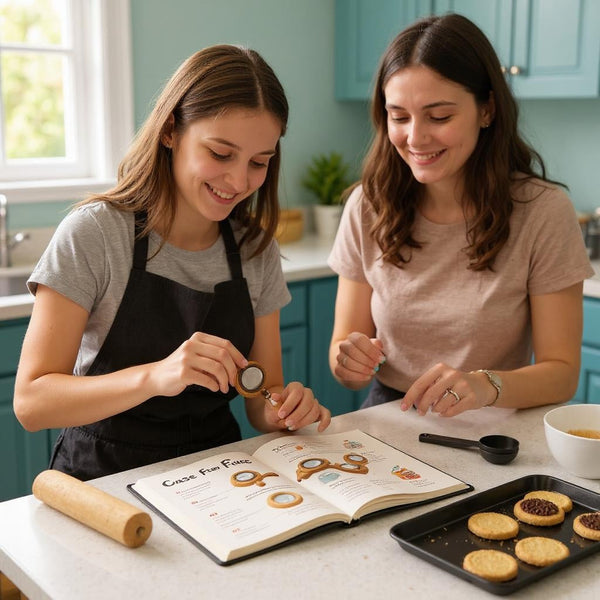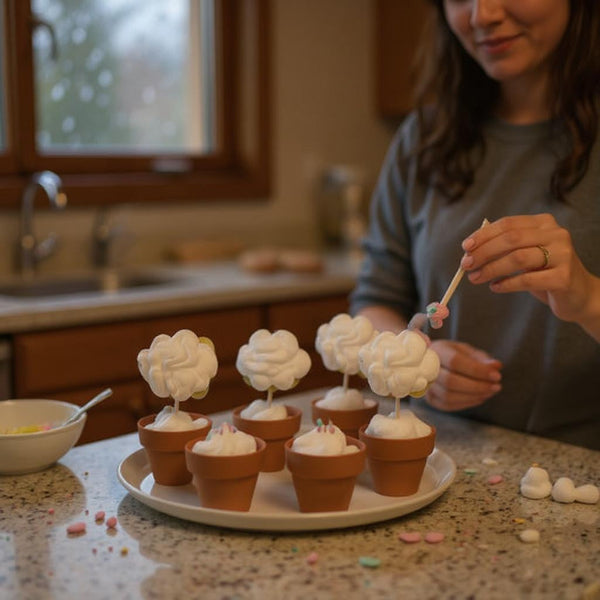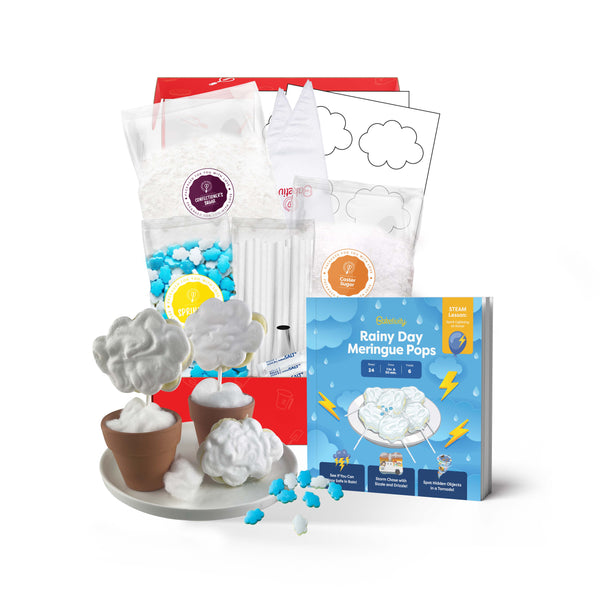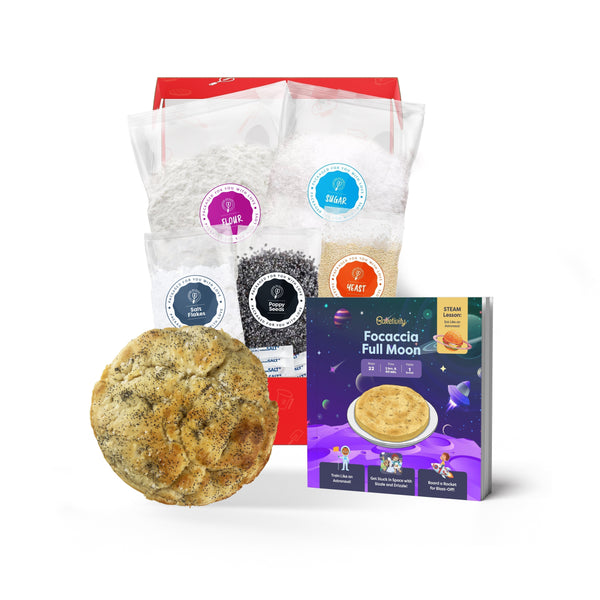Understanding Homeschooling for Preschool Children
Before we dive into the best curriculum options, let's first understand the importance of early education and the basics of homeschooling. Early education is crucial for a child's overall development, as it lays the foundation for future learning. Homeschooling allows parents to create a nurturing and personalized environment for their little ones, tailored to their specific needs and interests. Preschool homeschooling is a wonderful opportunity for parents to actively participate in their child's early learning journey. By being directly involved in their education, parents can closely monitor their child's progress, strengths, and areas for improvement. This hands-on approach fosters a strong bond between parent and child, creating a supportive and enriching learning environment.The Importance of Early Education
During the preschool years, children's brains are like sponges, soaking up knowledge and experiences. By providing them with a structured and stimulating learning environment, we can help them develop essential skills, such as language, critical thinking, and problem-solving. Furthermore, early education sets the stage for a lifelong love of learning. By introducing young children to educational concepts in a fun and engaging way, we instill a curiosity and thirst for knowledge that will benefit them throughout their academic journey and beyond.The Basics of Homeschooling
When embarking on the homeschooling journey, it's important to understand the fundamentals. Homeschooling involves teaching children at home, rather than in a traditional school setting. Parents or guardians take on the role of the primary educators, creating a flexible schedule and curriculum tailored to their child's needs. Flexibility is a key advantage of homeschooling, allowing parents to adapt lessons and activities based on their child's learning style and pace. This personalized approach enables children to explore topics of interest in-depth and at a comfortable speed, fostering a deeper understanding and appreciation for the subject matter.Choosing the Right Curriculum
Now that we have a foundational understanding of homeschooling, let's explore the factors to consider when selecting the best curriculum for your preschooler. When embarking on the journey of homeschooling your preschooler, it's crucial to delve deeper into the world of educational resources and curriculum options available. The curriculum you choose will play a significant role in shaping your child's early learning experiences and laying a strong foundation for their future academic success.Factors to Consider
When choosing a curriculum, it's important to consider your child's learning style, interests, and developmental stage. Look for programs that align with your educational goals and provide a well-rounded approach to learning. Additionally, take into account the teaching methods and philosophies that resonate with you as an educator and align with your family's values. Some curricula may focus on hands-on learning experiences, while others may emphasize a more traditional academic approach. Understanding your preferences will help you select a curriculum that feels authentic and engaging for both you and your child.Tailoring to Your Child's Needs
Every child is unique, and one-size-fits-all approaches may not be suitable for homeschooling. Look for curriculum options that allow for flexibility, customization, and adaptability. This way, you can tailor the curriculum to meet your child's specific needs and interests. By personalizing your child's learning journey, you can create a nurturing and stimulating environment that fosters their natural curiosity and love for learning. Whether your child thrives in structured activities or prefers more open-ended exploration, having the flexibility to adapt the curriculum will enable you to cater to their individual strengths and areas of growth.Key Components of a Preschool Homeschooling Curriculum
Now that you have a clearer idea of what to consider, let's explore the key components that should be included in a preschool homeschooling curriculum. When designing a preschool homeschooling curriculum, it's important to remember that every child is unique and may have different learning styles and preferences. Flexibility in your approach can help cater to your child's individual needs and interests, fostering a love for learning from an early age.Literacy and Numeracy Skills
Developing strong literacy and numeracy skills is crucial during the preschool years. Look for a curriculum that focuses on phonics, reading comprehension, basic math concepts, and number recognition. Introducing literacy and numeracy skills through fun and engaging activities can make learning enjoyable for preschoolers. Incorporating storytelling, rhyming games, counting exercises, and hands-on math manipulatives can help lay a solid foundation for future academic success.Social and Emotional Development
Preschool is not just about academics; it's also a time for social and emotional growth. Choose a curriculum that incorporates activities and lessons that encourage social interaction, empathy, and self-regulation. Encouraging social and emotional development in preschoolers can help them build essential life skills such as communication, cooperation, and emotional resilience. Engaging in group activities, role-playing scenarios, and discussing feelings can nurture a child's ability to understand and navigate their emotions effectively.Creative and Physical Activities
Preschoolers thrive on hands-on learning experiences. Look for a curriculum that includes activities promoting creativity, imagination, and physical development. Art projects, sensory play, and outdoor exploration are all valuable components. Engaging in creative and physical activities can help preschoolers develop fine and gross motor skills, express their creativity, and enhance their cognitive abilities. Encouraging free play, music and movement sessions, nature walks, and imaginative play can stimulate a child's curiosity and foster a lifelong love for learning.Implementing the Homeschooling Curriculum
Now that you have chosen the perfect curriculum for your preschooler, it's time to implement it effectively. Here are some tips to create a structured routine and incorporate play into learning.Creating a Structured Routine
Consistency is key when it comes to homeschooling. Establish a daily routine that includes designated learning and playtime. Keep in mind that young children thrive on predictability, so be sure to provide a clear schedule and stick to it as much as possible. Consider incorporating a variety of activities into your routine, such as circle time for group activities, individual learning time, outdoor play, and creative arts and crafts. This diverse schedule will help keep your child engaged and excited about learning throughout the day. Remember to allow for flexibility within the routine to accommodate your child's individual needs and interests.Incorporating Play into Learning
Play is an essential part of early childhood development. Find creative ways to incorporate play into your child's learning experience. Use educational games, puzzles, and hands-on activities to make the curriculum engaging and enjoyable. Take advantage of everyday opportunities for learning through play, such as counting toys during cleanup time, incorporating pretend play into storytelling or history lessons, and using outdoor exploration to teach science concepts. By blending play with structured learning activities, you can create a well-rounded educational experience that caters to your child's natural curiosity and creativity.Evaluating Your Child's Progress
As you progress through the homeschooling journey, it's important to assess your child's development and set learning goals accordingly. Homeschooling offers a unique opportunity to tailor education to your child's individual needs and learning style. One way to enhance your child's learning experience is by incorporating hands-on activities and real-world experiences into their curriculum. Field trips, experiments, and interactive projects can help solidify concepts and make learning more engaging.Setting Learning Goals
Set realistic, age-appropriate learning goals for your child. Break these goals down into smaller milestones and celebrate their achievements along the way. This will help keep your preschooler motivated and engaged in their education. Additionally, consider involving your child in the goal-setting process. Encouraging them to take ownership of their learning can foster independence and a sense of accomplishment.Assessing Development and Improvement
Regularly assess your child's progress to identify areas of strength and areas that may require additional attention. Keep a portfolio of their work, track their milestones, and seek guidance from educational resources or professionals when necessary. Furthermore, don't forget to provide opportunities for your child to showcase their progress. Whether through presentations, exhibitions, or simply sharing their work with family and friends, celebrating their achievements can boost their confidence and motivation. By following these guidelines and selecting a curriculum that aligns with your child's needs, you can provide them with the best homeschooling experience. Remember, every child is unique, so be sure to adapt and customize the curriculum as needed. Happy homeschooling!Bring Learning to Life with Baketivity
As you embark on the enriching journey of homeschooling your preschooler, consider incorporating the magic of baking into your curriculum with Baketivity. Our baking kits are not just about creating delicious treats; they're a gateway to hands-on learning, family bonding, and fostering creativity in your little one's development. By joining the Baketivity Club, you'll receive monthly baking adventures that align perfectly with your educational goals, making every lesson a delightful and tasty experience. Let's bake, learn, and create wonderful memories together!




